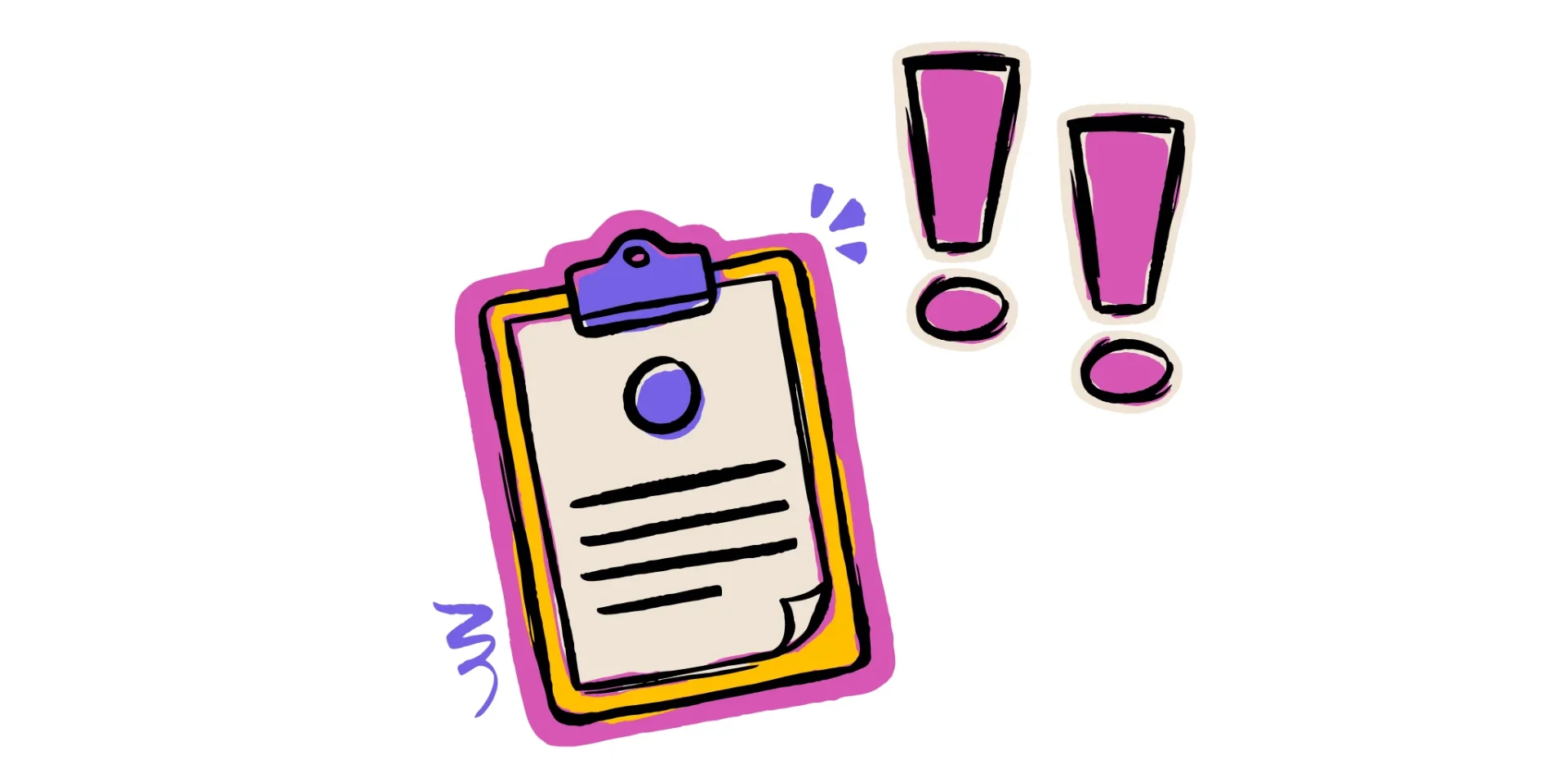How to Make References and Citations in APA Format: The Complete Guide
Victoria | Equipo de redacción
April 4, 2025

Citation, Bibliography, and References – APA Style?
We’re pretty sure that during your student years, you’ve heard about the dreaded APA citation more than once. But have you ever wondered what it really is? We’ll explain it below—and even give you some examples!
APA format (American Psychological Association) is a style of academic writing used in research papers. Although it originated in the field of psychology and is mostly used in the social sciences, it is undeniably applicable to research in any topic or field. Its guidelines are updated periodically; the most current version is APA 7.
Its purpose is to ensure clarity in academic communication, to organize content in a standardized manner, and, most importantly, to make it easier to verify sources through citations and bibliographic references.

Improve your research here
APA Citations
Before answering the million-dollar question, how do you cite in APA?, let’s start by clearly understanding what a citation is. An APA citation is the inclusion or reproduction of someone else’s idea (quoted or paraphrased) within your own text or research work.
Why Cite?
Citing sources in academic work is important for several reasons:
It gives credit to authors and helps avoid plagiarism
It adds credibility to your research and arguments
It allows readers to verify the sources used
It promotes academic integrity and transparency
It reinforces your ideas
What Should Be Cited?
All sources (ideas, opinions, or theories from someone else) that contribute to your work and can be found in:
Books, journals, and articles
Lectures, interviews, or videos
Paraphrased words from another person
Websites and online documents
Any statistics, charts, or images that are not common knowledge
How to Cite in APA
To cite in APA format, you need to know the publication year, the author’s last name, and the page number. You also need to include a reference list, which follows a specific format that includes the author’s last name, initials, year, title, and source. There are two types of citations: direct (textual) and indirect (paraphrased), which we’ll explain below.
Direct Citation:
A direct citation is when you quote explicitly, word for word, the content of a source. Depending on the length, there are two types:
1. Short quotations (fewer than 40 words)
These are included within the text or paragraph, inside quotation marks, and with the proper reference.
Citation with emphasis on content:
"Learning is a continuous process influenced by various factors" (García, 2020, p. 15).
Citation with emphasis on the author:
García (2020) states that "learning is a continuous process influenced by various factors" (p. 15).
Citation with emphasis on the year:
In 2020, García stated that "learning is a continuous process influenced by various factors" (p. 15).
2. Long quotations (more than 40 words)
These appear in a separate paragraph, with an indent and no quotation marks:
Learning is a process that not only depends on an individual’s capacity, but also on the surrounding environment. Various studies have shown that motivation and practice are key factors in retaining knowledge. (García, 2020, p. 15)
Indirect Citation (Paraphrased)
Used when you rephrase (change the wording of) a partial or complete work. It has two types: specific and general paraphrased citations.
Specific paraphrased citation:
Refers to a particular part of a text. No quotation marks are needed, but a reference is required:
García (2020) affirms that learning is a continuous process influenced by various factors. (p. 15)
General paraphrased citation:
Summarizes the entire content of a work. No quotation marks or page numbers are needed:
García (2020) affirms that…

APA Citation Generator: List of APA Citation Tools
Now that you understand and (hopefully) have practiced citation creation, here’s a little gift. To save some time when writing your research, here’s a list of online tools that will help you generate citations automatically:
Citation Machine (https://www.citationmachine.net/apa)
QuillBot (https://quillbot.com/citation-generator)
MyBib (https://www.mybib.com/)
BibMe (https://www.bibme.org/)
EasyBib (https://www.easybib.com/)
APA References
A reference is a set of detailed elements that allow us to properly identify the original sources used in the work. They must follow a specific format depending on the source:
Book:
Author, A. A., & Author, B. B. (Year). Title of the article. Name of the journal in italics, volume(issue), page numbers.
Example:
Herrera Cáceres, C., & Rosillo Peña, M. (2019). Confort y eficiencia energética en el diseño de edificaciones. Universidad del Valle.
Journal:
Last name, A., Last name, B., & Last name, C. (2019). Title of the specific article. Title of the Journal, Volume(issue), start page – end page.
Example:
Muñoz Vila, C. (January–February 2012). What is done for a child is done for a people. Revista Internacional Magisterio, (54), 10–17.
Webpages:
Author or Name of the organization. (Year). Title of the page. URL
Example:
Riera, M. (January 20, 2020). Re: Cancelar hipoteca o invertir [Online forum comment]. https://www.helpmycash.com/preguntas/30255/cancelar-hipoteca-o-invertir/
Rewrite texts with Parafrasist
Bibliography
Unlike references, a bibliography includes all sources consulted, even if they were not cited directly in the text. In APA Style, they function as background readings, sources of consultation, or even recommended readings; in your work, you can include any material that influenced it in some way.

Researching and Citing Properly to Avoid Plagiarism
Creating documents like theses, dissertations, or research papers can be a bit tedious—and even frustrating at times. But research is essential for learning, advancing knowledge, and validating theories. That’s why citing correctly is crucial, since failing to do so can lead to academic and even legal consequences.
Proper citation not only demonstrates academic responsibility, it also makes any argument you present more credible and solid. And don’t forget: you must learn how to paraphrase! It’ll help you interpret information and improve your reading comprehension.
If you're working on an essay or research project like a thesis or dissertation, remember that the Paraphraser tool by Parafrasist will be a huge help. This tool will help you reword your ideas or those of another source clearly and effectively. It won’t just help you avoid plagiarism—it will also improve your writing quality.
Now you know! You're just a few steps away from doing a top-notch research project. Keep going, expand your knowledge, and grow your critical thinking. You might just be the next Nobel Prize winner! (wink, wink)